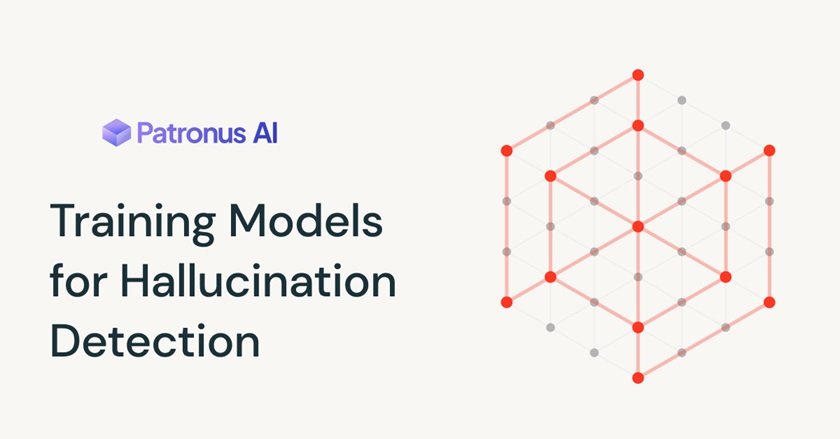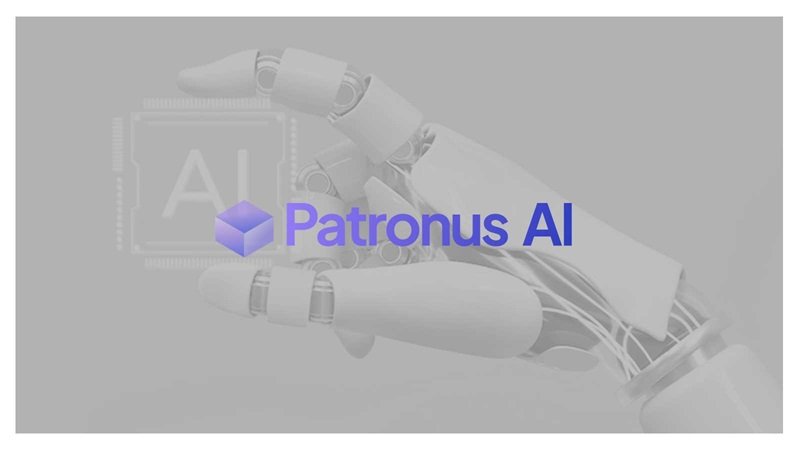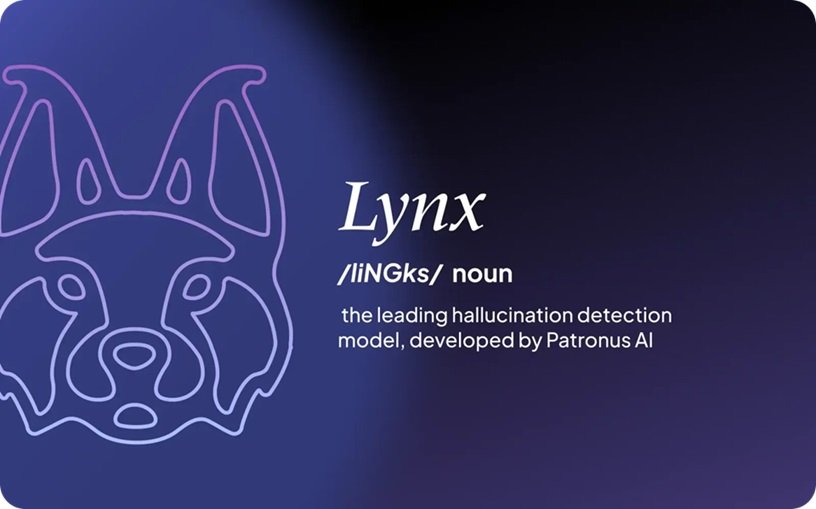Table of Contents
Hey there, tech enthusiasts! Today, let’s dive into something that’s creating quite a buzz in the AI community—Patronus AI’s ‘Lynx’. This open-source tool is being hailed as the ultimate “bullshit detector,” and it’s already outsmarting the likes of GPT-4. If you’re an information technology engineer or someone keen on the latest AI developments, you’ll want to stick around for this one. We’ll explore what Lynx is, how it works, and why it’s such a game-changer. Plus, we’ll pepper in some real-life examples to make things crystal clear.
What Exactly is Lynx?
Lynx, developed by Patronus AI, is an open-source tool designed to detect and flag misleading or false information. In an era where AI-generated content is becoming increasingly sophisticated, the need for tools like Lynx has never been more critical.
Think of Lynx as a vigilant watchdog, ensuring that the content you come across is accurate and trustworthy. While GPT-4 and other advanced AI models are fantastic at generating human-like text, they can sometimes produce content that’s misleading or outright false. Lynx steps in to mitigate this risk.

How Does Lynx Work?
At its core, Lynx leverages advanced algorithms and machine learning techniques to analyze text. Here’s a breakdown of its process:
- Data Collection: Lynx scans vast amounts of data from reputable sources to build its knowledge base. This includes news articles, research papers, verified websites, and more.
- Text Analysis: When Lynx encounters a piece of text, it breaks it down and checks for consistency with its knowledge base. It looks for red flags such as logical fallacies, factual inaccuracies, and contextual errors.
- Scoring System: Lynx assigns a credibility score to the text, indicating its reliability. If the score falls below a certain threshold, the text is flagged for further review.
Real-Life Example: Lynx in Action
Let’s imagine a scenario. You’re working on a project that involves gathering information on the latest cybersecurity threats. You come across an article claiming that a new malware can infiltrate even the most secure systems without leaving a trace. It sounds alarming, but is it true?
You run the article through Lynx. Within seconds, Lynx scans the content and cross-references it with verified data. It flags the claim about the “undetectable malware” as questionable and provides sources that debunk it. You’re now informed that while the malware is dangerous, it’s not as invincible as the article suggested. Lynx just saved you from potentially spreading misinformation in your project report.

Why Lynx is a Game-Changer
So, why is Lynx making waves in the tech world? Here are a few reasons:
- Open-Source Nature: Lynx is open-source, meaning anyone can access, modify, and improve it. This fosters a collaborative environment where developers worldwide can contribute to making it even more robust.
- Trustworthy Content: In a digital age where misinformation can spread like wildfire, Lynx helps ensure that the content we consume and share is accurate. This is especially crucial for IT engineers who rely on precise data.
- Enhanced AI Oversight: While AI models like GPT-4 are powerful, they’re not infallible. Lynx provides a layer of oversight, catching mistakes that even advanced models might miss.
Final Thoughts
Lynx by Patronus AI is more than just a tool; it’s a revolution in how we approach and verify information in the digital age. For information technology engineers, having access to such a reliable “bullshit detector” is invaluable. It not only saves time but also ensures that the information you’re working with is rock-solid.
As AI continues to evolve, tools like Lynx will play a pivotal role in maintaining the integrity of the content we interact with daily. So, next time you come across an article or a piece of information that seems too good (or bad) to be true, give Lynx a try. It might just be the watchdog you need.
What are your thoughts on Lynx? Have you tried it out yet? Drop your comments below and let’s discuss how this tool can shape the future of AI and information technology. Stay curious, stay informed!




Leave a Reply